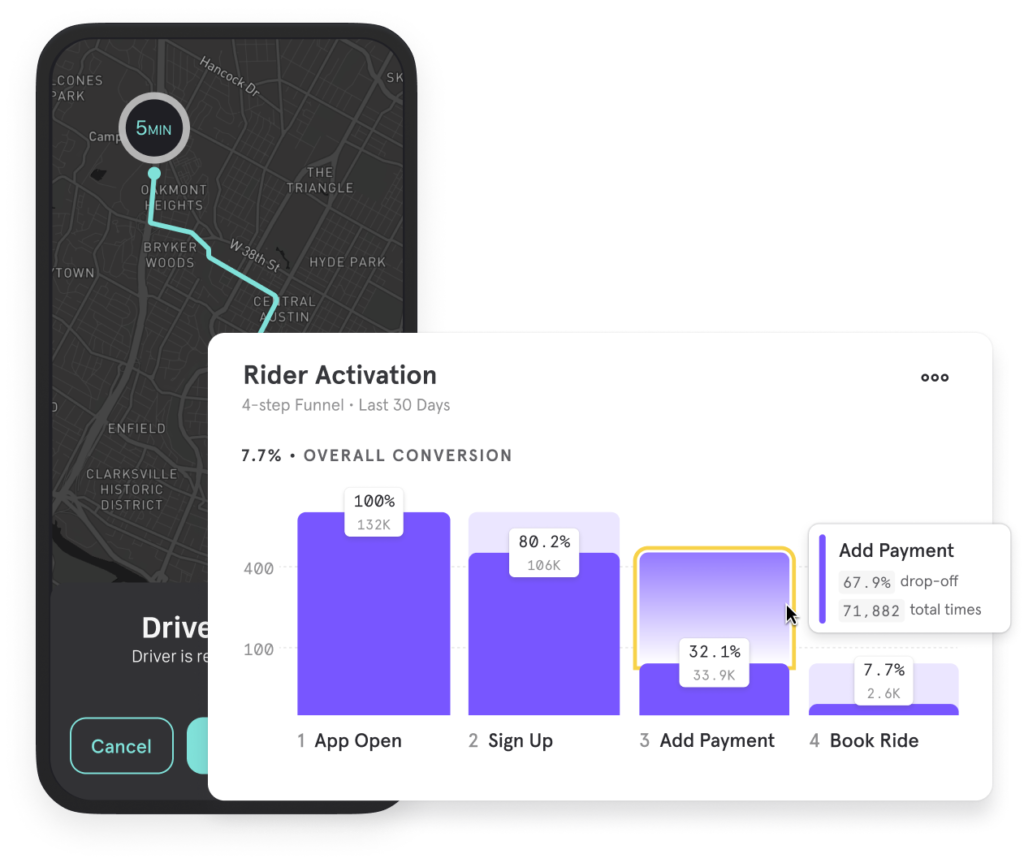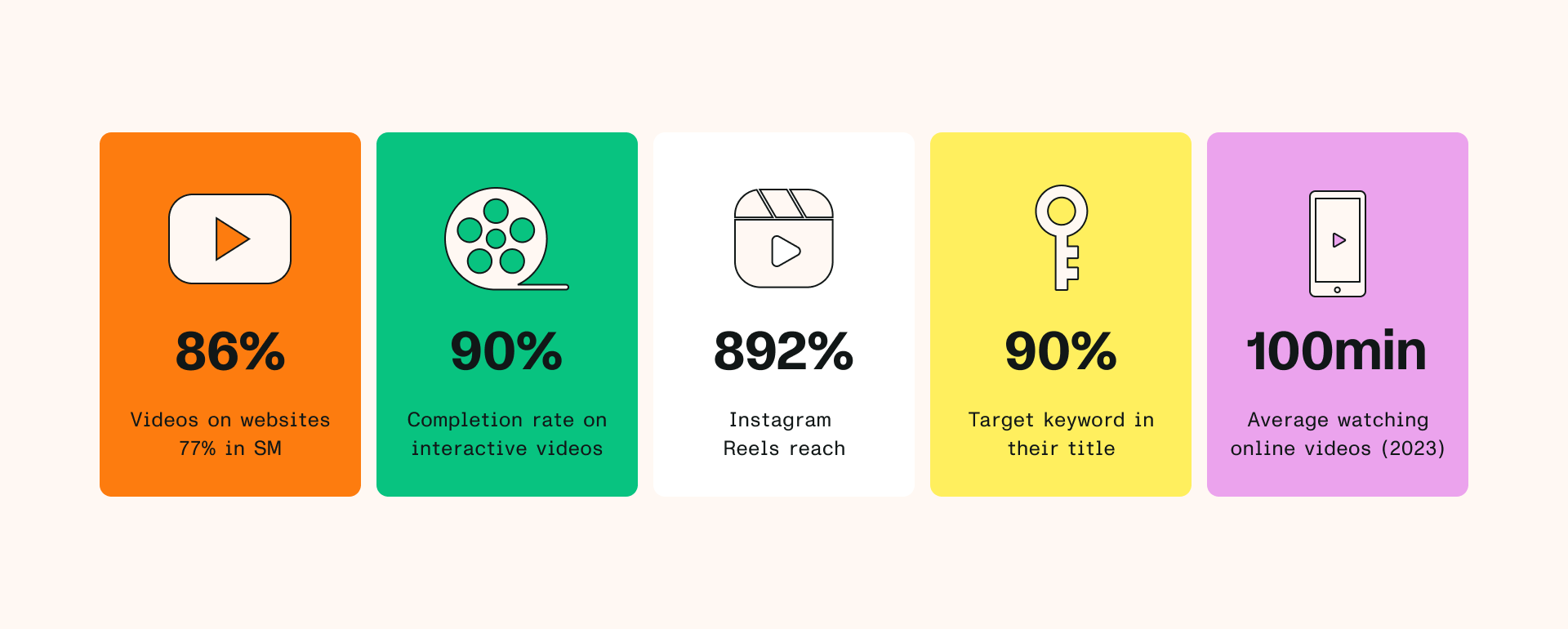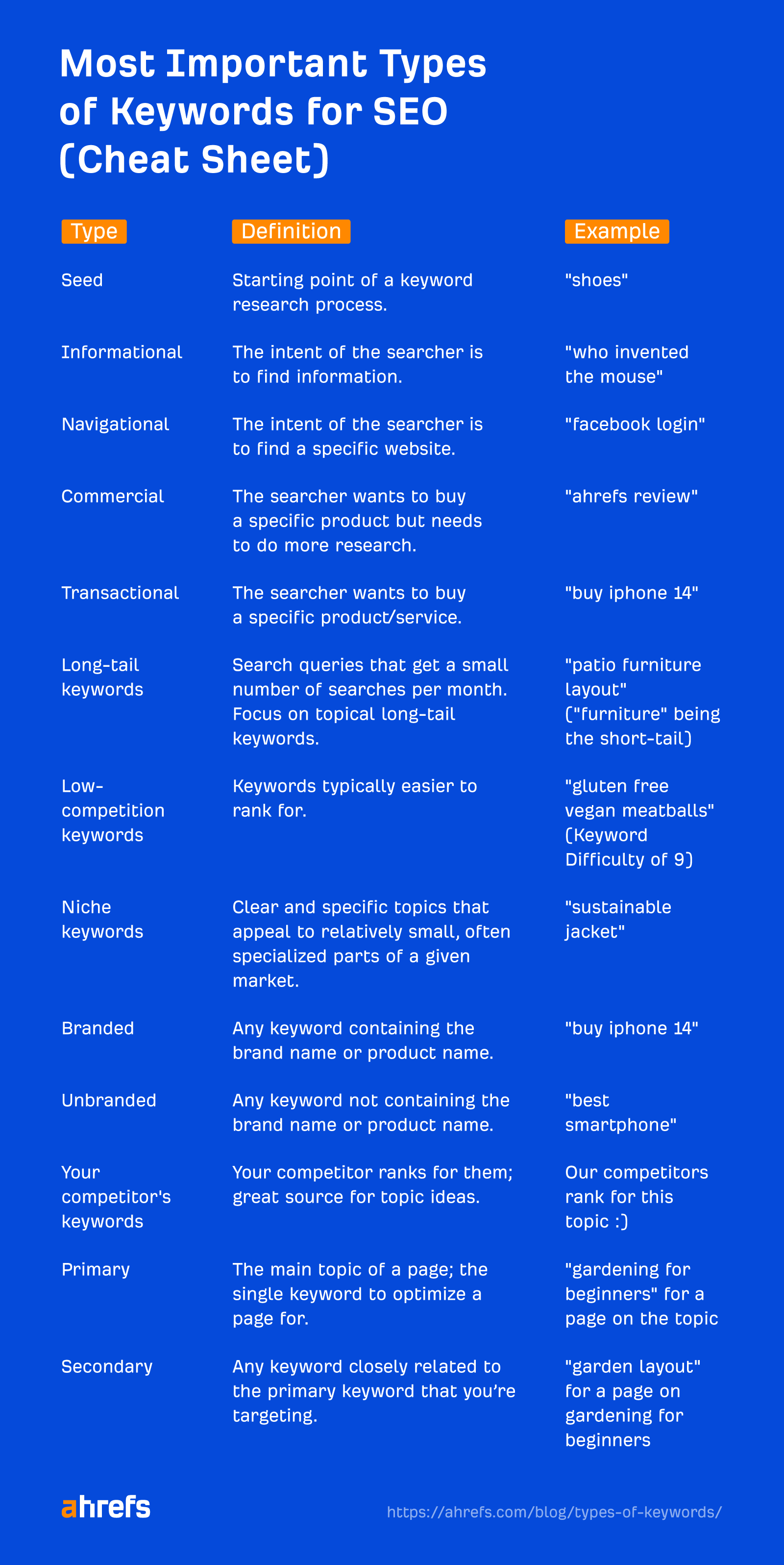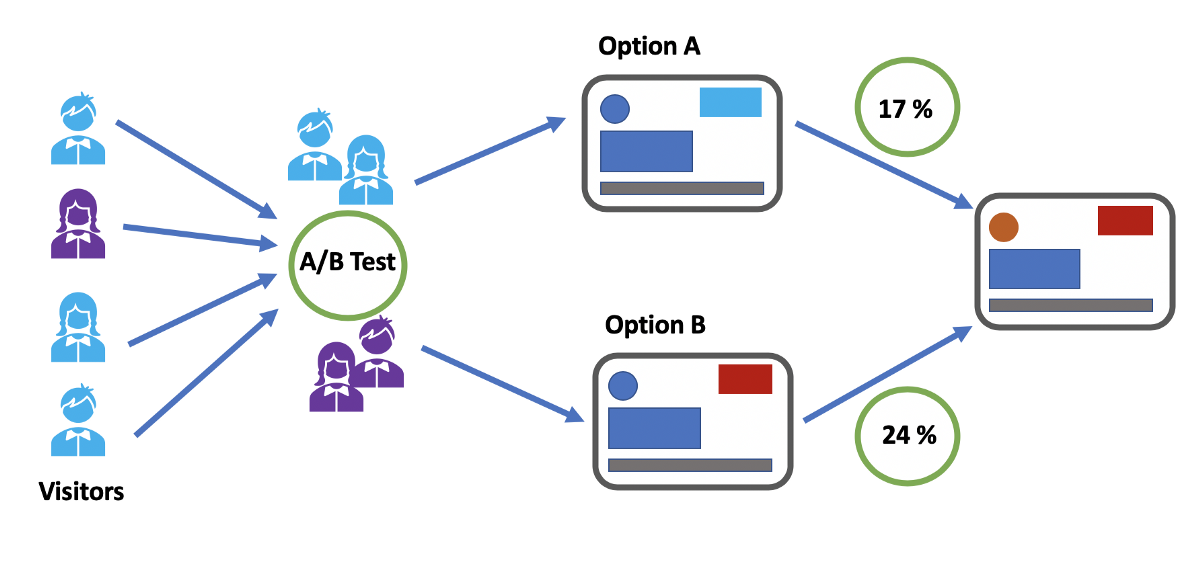Too often, brands focus everything on driving more traffic - but visitors slip through their fingers when weak conversion practices fail to convince.
It took me years to realize you can have the flashiest website or cleverest campaigns, but poor conversion optimization keeps your revenue leaking out a hole in the bottom of the funnel.
I've since become obsessed with every small detail that compels visitors into customers, from carefully chosen words that trigger action, to intricately designed user experiences that guide prospects to say “yes.”
This passion for CRO led me to start my agency. Now I help B2B companies implement advanced, research-backed techniques to turn meandering visitors into lifelong brand advocates. Everything I share comes from real-world results, not theories, having already moved the revenue needle for some of the fastest-growing SaaS companies.
The Foundation: Understanding Your Visitors
Before attempting any CRO efforts, you must deeply understand your target audience. Who are they? What motivates them? Where in the customer journey are they?
Create detailed buyer personas that capture your high-value visitor segments. Go beyond demographics to uncover psychographics—the beliefs, values, attitudes, and behaviors that drive decisions.
At our agency, we conduct user research to uncover buyer psychology. Surveys, interviews, user testing, and analytics analysis reveal what makes each persona tick.

Actionable Insights from Analytics
Your analytics platform provides a wealth of customer insights. Go beyond vanity metrics like visits and clicks to find meaning.
For example, we analyzed site-wide bounce rates over 70% for a client's homepage. Further analysis revealed:
- Bounce rates were lower (50%) for visitors referred from relevant blogs and communities. They understood the offering but needed more value from the homepage itself.
- Traffic referred from broad advertising had higher bounce rates (85%). They lacked context on the product value proposition.
These insights led to copy, design, and content improvements better aligned with each traffic source. Bounce rates decreased, time-on-site increased, and conversions improved.
Gaining Influence: Content Marketing & SEO
Before you can persuade visitors, you must gain their attention and trust. Content marketing and search engine optimization (SEO) attract qualified visitors ready to engage.

The Power of Blog & Video Content
In-depth blog content and videos establish your authority on problems that prospects care about. Entertaining or emotional stories forge connections with ideal buyers.
Promote this content in channels frequented by your personas. Done correctly, content drives visitors closer to conversion the moment they arrive.
For a security software client, an animated video increased conversion rates by 25%. The video gave watchers a peek inside data breaches, creating urgency and a need for the product.
| Traffic Source | Conversion Rate |
|---|---|
| Organic Search | 4.7% |
| Direct | 2.3% |
| Referral | 1.8% |

SEO: Ranking for Relevant Keywords
SEO improves discovery by ranking you prominently in search engines for keywords prospects use. On our agency website, over 35% of traffic comes from organic search.
But low competition keywords bring sporadic, unqualified visitors. Winning competitive keywords aligned to later buyer journey stages is crucial.
For example, our personas weren’t searching “marketing services.” Instead, they sought help with specific problems like “SaaS retention strategies.”
We targeted informative, long-tail keywords that attracted visitors ready to engage. As a result, over 8% of organic visitors convert to customers.
Landing Pages: First Impressions Matter

Your homepage is not enough. Create tailored landing pages that make strong first impressions with each traffic source.
Visually show visitors you understand their precise needs. Use power words and phrases that resonate with their motivations. Reduce distractions to guide attention to one conversion goal.
For an accounting software client, the homepage highlighted too many features for visitor segments. We designed focused landing pages for high-value personas:
- Small Business Owners: Converting from Quicken. Focused on simplicity, automation, and affordable pricing.
- CPA Firms: Converting from QuickBooks. Focused on advanced reporting, efficiency gains, and integration capabilities.
Result? Conversion rates increased 7-15% on these landing pages versus the general homepage.
Persuasive Copy: Words That Compel Action

Your copy must appeal to the self-interest of visitors to compel desired actions. Use messaging tailored to each persona's deepest motivations.
Highlight Benefits, Not Features
Avoid the feature vomit trap. Hyper-specific capabilities mean little if the big-picture benefits are unclear.
Communicate benefits that provide extreme value. For example, don’t say “enterprise-grade security.” Say “sleep better knowing hacks won’t breach client data.”
Social Proof Builds Trust
We are wired to follow the herd. Prove others trust you by showcasing customer logos, reviews, and use cases.
One SaaS company added video testimonials from recognizable brands. Conversion rates increased by over 35% as visitors perceived social endorsements.
Scarcity Triggers Urgency
Scarce resources are more valuable. Trigger urgency with time limits on pricing, free tools, or limited seat events.
We created a 14-day free trial for a B2B analytics platform. Trials increased, but overall conversions remained flat—visitors procrastinated starting trials. After adding “limited spots available each month,” conversions increased 18%.
Value Exchange: Getting Visitors to Raise Their Hands
Getting visitors to exchange contact info for value builds sales pipelines. Typical methods include:

Educational Content Offers
How-to guides, templates, assessments, and checklists provide value in exchange for work emails.
For a marketing analytics platform, an 8-page buyer’s kit increased conversion rates by 25%. Visitors eagerly exchanged info for educational insights.
Free Trials
Time-based trials create reciprocal commitment. Visitors invest time learning your product, while you earn the opportunity to demonstrate value.
Webinars & Events
Informative webinars justify registration forms. Virtual events requiring logins also create pipelines.
Gate these offers behind forms requesting detailed info structure for your CRM or sales needs.
Testing & Optimization: Continuous Improvement Culture

Set aside assumptions and listen to the voice of customer data. Use A/B testing tools for ongoing experimentation and learning.
Small tweaks across messaging, design, content, and offers add up. Over two years, hundreds of incremental tests increased conversion rates over 65% for a lending platform.
Become a truly data-driven organization that constantly experiments. With an optimization mindset powered by analytics, you will transform more visitors into customers.
Executing a Winning CRO Strategy
Turning strangers into paying customers isn’t easy. But advanced conversion optimization techniques enable the persuasion required in competitive markets.
Understand your buyer’s journey and tailor experiences for each stage. Attract qualified visitors then convince them you offer extreme value.
With compelling messaging, social proof, and reciprocity, you gain influence with ideal buyers. By consistently testing and optimizing, you unlock breakthrough conversion performance over time.
Execute on proven CRO strategies, transform visitor experiences, and propel your organization’s growth.






